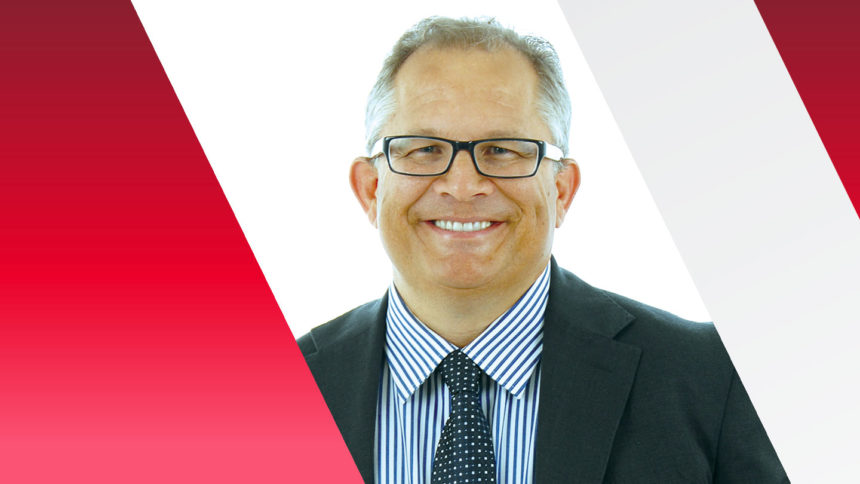
As wellness becomes an increasing focus of senior living providers, McKnight’s Senior Living spent a few minutes with Colin Milner, founder and CEO of the International Council on Active Aging. An abridged version of the discussion about wellness appears here. Listen to the entire interview here.
Q: How do you define wellness, and do you think that definition is shared by others serving older adults?
A: Wellness, as far as the ICAA and many in the industry are concerned, is simply derived from our ability to actually understand, accept and act upon our identity and capacity to lead a purpose-filled and engaged life. In doing so, we can embrace our potential in all areas of life to pursue an optimized life’s possibilities. Everybody has their own definition, but they all have one goal in mind, and that is to help residents, customers and staff to live better, longer. It’s really as simple as that. How we get there that may differ. Given the fact that ICAA represents 10,000 communities that own or operate at least 25,000 locations, our goal is to at least bring the consistency across those brands if we can.
Q:What are some steps that senior living providers can take to become more wellness-focused, however they define it?
A: The first thing is really to figure out where they are. You need research to figure out where to go from there. Then, you need a commitment. Once you’ve made that commitment, start putting together your blueprint. Then conduct a wellness audit. You need to know where you are before you can move forward.
From there, there are six simple action steps. Figure out what your program is going to be. Build and educate your workforce and your team, and make sure that all staff are onboarded in that area. Implement wellness in all policies and a wellness-for-all approach. Reimagine your built environment and your natural environment, outdoors, and then purchase products and support services that match your wellness focus.
By doing that, you’re off to a good start, but the key is implementing it and then evaluating it and then implementing it again and re-evaluating it.
Q: ICAA research has found that the pandemic elevated wellness in the minds of providers, residents and prospective residents. Could you talk about that?
A: Our latest research that just came out showed that 81% of respondents in senior living communities believe that their executives see wellness as a high or essential priority. That is the key word there, priority. Not just that they like wellness or that they think wellness is important. It is a priority. So now the question is, what do you do with that priority? I think the first thing that you need to do is to recognize what your wellness gaps are and how you close those gaps.
Research that we have done has shown that there are many, many wellness gaps. For instance, there’s a huge gap in funding, and that impacts how you deliver and meet the needs of your wellness customers.
And 90% of respondents to an ICAA survey in 2019 said that it was extremely important that staff in every department support wellness, but yet we see that only one out of every two staff member does. So we need to close these gaps if we’re going to actually move the model forward.
But the priority also is shifting to a different model. Sixty-one percent of communities say that by the year 2025, their model will be based in wellness with care as opposed to care with wellness. That may not seem like a big difference in the words that are used, but it’s a completely different model in what gets delivered.
Q: What do you think the future holds for wellness in senior living? Or what should it hold?
A: It all starts with one word: flexibility. Wellness is not the same for each individual, and it isn’t the same for each organization, but the bottom line is, if we all have an end goal in mind where we are looking to help our residents live the best life that they can for as long as they can, that’s our starting point.
We have this wonderful opportunity in front of us to have an impact. We have a wonderful opportunity to be looked at, on a societal level, as the model for what cities, counties and countries could do, because really that’s what senior living communities are, little communities. If we can show that people can live better and longer and be happier, there’s nothing wrong with that. And the rest of the world can learn if we choose to make it so.



